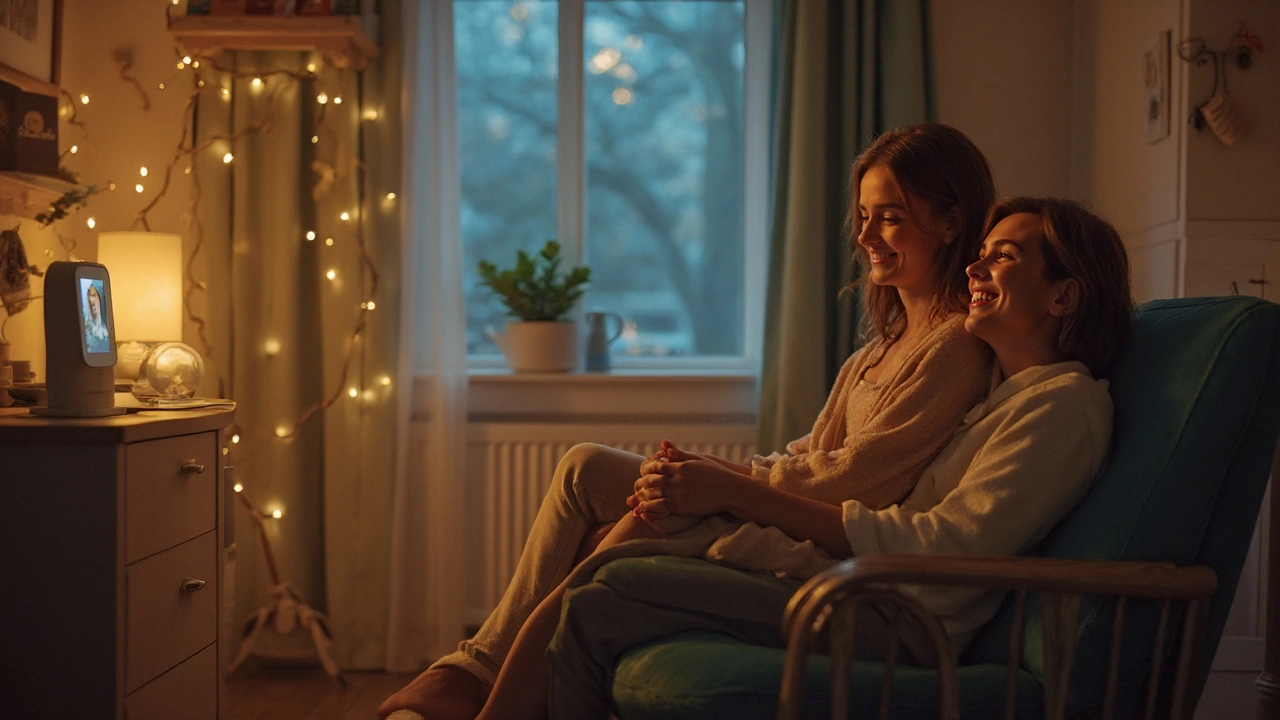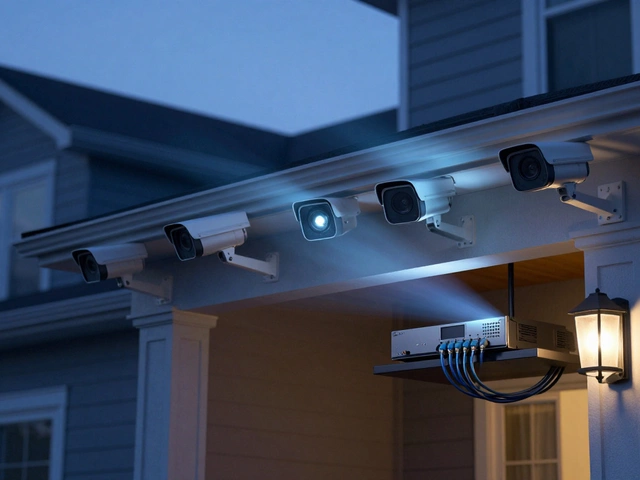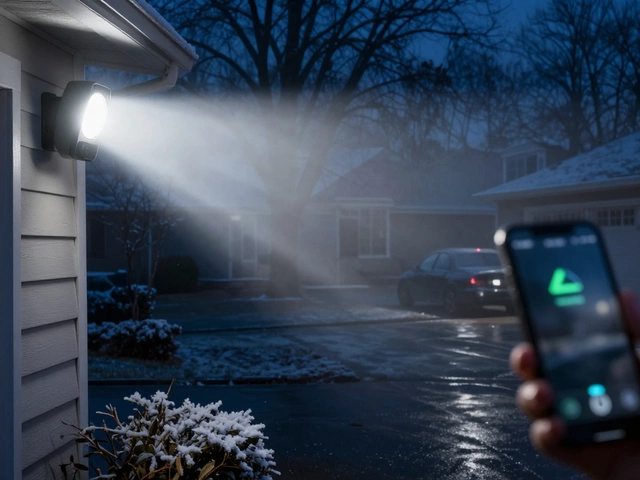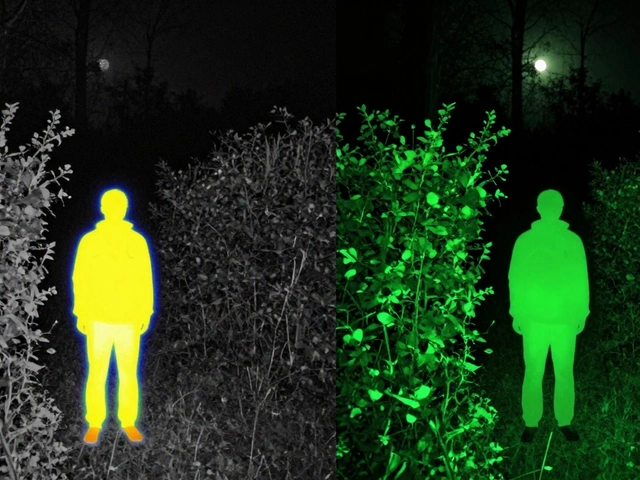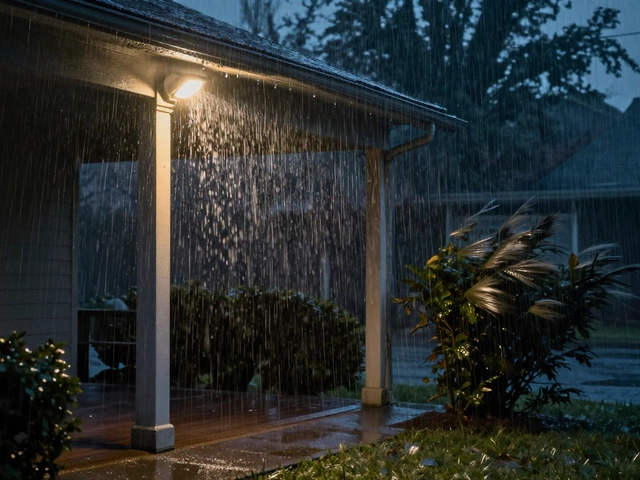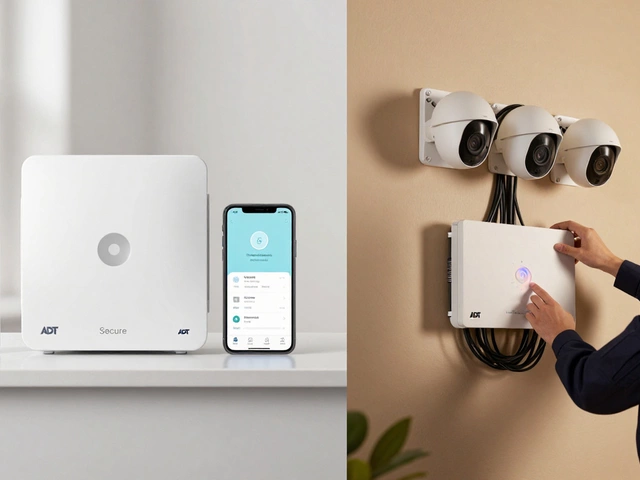Picture this: You're juggling laundry, trying to remember where you put your coffee, and the baby is finally asleep in the next room. What’s really going on in there? That’s the worry every parent faces. With baby monitors changing so fast, picking the right one isn’t just about a camera—it’s about peace of mind. The question isn’t if you need a monitor; it’s which one actually deserves a spot on your nightstand. Let’s settle the debate and reveal the number one baby monitor today, cutting through the sales pitches with straight facts, parent stories, and feature breakdowns.
What Makes a Baby Monitor the 'Best'?
People love to argue about what makes the best baby monitor. Some swear by video, others just want clear audio. But let’s get real—no one wants to watch grainy video feeds that look like old UFO footage. These days, the best baby monitor does way more than just let you hear a cry. It’s about video clarity, battery life, security, range, and extras like breathing monitors or room temperature alerts.
Years ago, you might have gotten by with a one-way walkie talkie, but today’s market is all about smart monitoring. In a 2024 survey from SafeHomeTech, 88% of new parents listed video quality as their highest priority. Right behind that was security—hackers getting into baby monitors is a real thing, and nobody wants some stranger peeking into their nursery.
Smart monitors have changed the game. You’ll find everything from movement-sensing pads to systems that track oxygen levels and send heart rate updates straight to your phone. But more features don’t always mean more peace of mind—sometimes it just means more notifications and app headaches. The best baby monitor should offer true convenience, not more things to worry about. Think of it as a trusted extra set of eyes and ears.
Portability matters, too—how easy is it to move the monitor from room to room? Does the battery actually last all night, or does it die before midnight? I’ve heard from parents who ditched their monitors because of constant charging or lost Wi-Fi connections.
The Top-Rated Baby Monitors: 2025's Best Contenders
The baby monitor market is crowded, but a handful of models always rise to the top. Across every mom group and parenting forum I checked, three names came up most: the Nanit Pro, the Infant Optics DXR-8 Pro, and the Owlet Dream Duo.
Why do these three get so much attention? Simple—they work, and they keep winning awards from real parents, not just tech magazines. Let’s break down their strengths in a quick comparison.
| Brand & Model | Video Quality | Audio | Battery Life | Extra Features | App or Standalone |
|---|---|---|---|---|---|
| Nanit Pro | 1080p HD | Two-way | Wall-powered | Sleep tracking, breathing wear, night light | App |
| Infant Optics DXR-8 Pro | 720p HD | Two-way | Up to 10 hours (battery) | Interchangeable lenses, no Wi-Fi needed | Standalone |
| Owlet Dream Duo | 1080p HD | Two-way | Wall-powered | Heart rate & oxygen monitor, sleep tracking | App |
The Nanit Pro often tops the list, partly because its app is dead simple and its analytics on sleep patterns actually help. The Infant Optics DXR-8 Pro is beloved for parents wanting a closed system—no Wi-Fi, no hacking. If your Wi-Fi is spotty or you’re worried about security, it’s a solid bet. The Owlet Dream Duo, meanwhile, comforts tech-minded parents, tracking both sleep and vital signs, though it’s also pricier.
It’s worth mentioning price, because nobody wants sticker shock after the baby shower dust settles. These top monitors run from about $160 (DXR-8 Pro) to $299 (Nanit Pro), and you’ll pay around $400 if you pick up the full Owlet Dream Duo kit. Sure, it’s hefty, but parents tend to say they’d pay double for a full night's sleep and peace of mind.
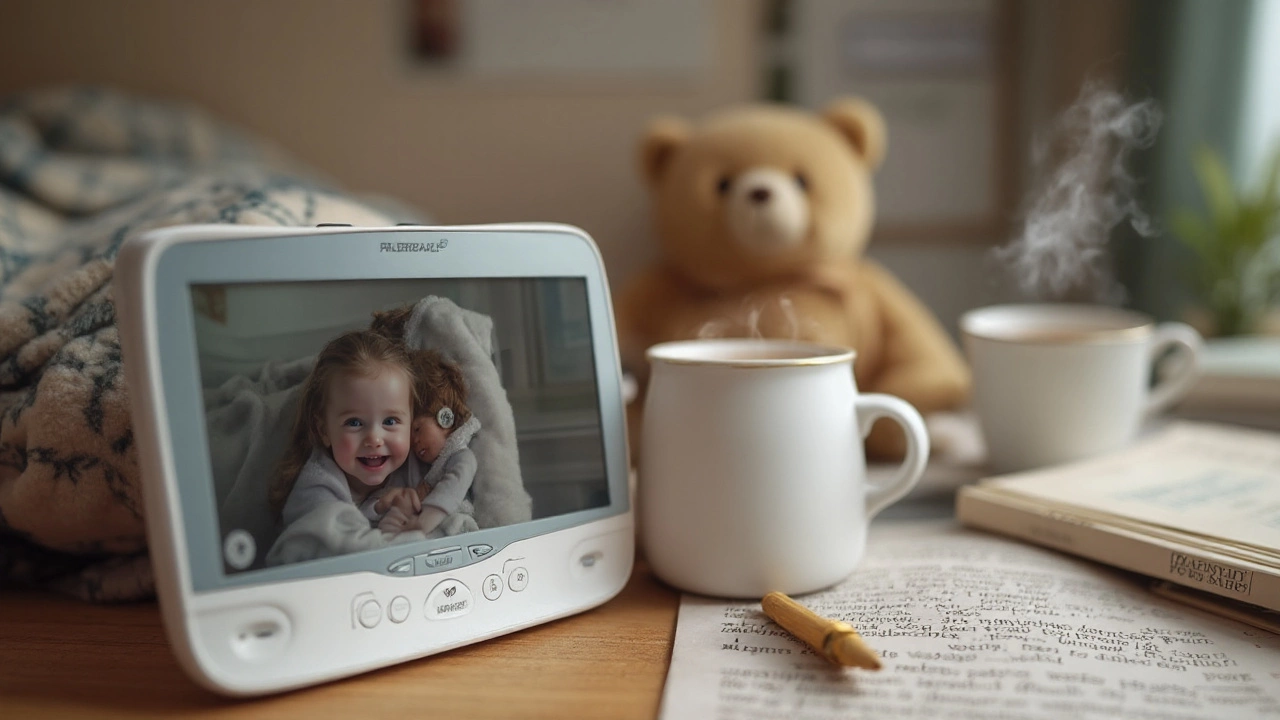
Deep Dive: Nanit Pro – Why It’s the Number One Baby Monitor
So, what sets the best baby monitor apart? The Nanit Pro just nails the basics and then throws in extras you didn’t know you wanted. Its camera streams high-definition video, even in night mode—no more fuzzy blobs. And the audio is so crisp that you’ll hear your baby breathing, but not so sensitive that every cough wakes you in a panic.
But what really wins parents over is the Nanit’s smart app. It doesn’t just show you a live feed; it gives sleep reports, tracks how long the baby was fussy, and offers suggestions for getting more rest. The included breathing wear means you’re not taping sensors to your newborn, but you still get alerts if breathing patterns change. It’s reassuring, not overwhelming.
Parents love little details, too. The wall mount helps keep cords away from curious hands, and there’s a built-in nightlight that won’t blast the room with brightness if you need to check in after bedtime. You can also invite family members to your Nanit app—so grandparents can peek in without annoying FaceTime calls at naptime.
Security is tight, which matters now more than ever. All communications are encrypted end-to-end, and only approved users can log in. The Nanit Pro even lets you control who sees what, so you can keep sensitive info locked down. Several high-profile cases in 2022 and 2023 forced big camera brands to step up their networks—and Nanit stayed ahead of the curve.
On the downside, you need solid Wi-Fi. If your internet is flaky, the app does lag. Some subscription features are behind a paywall, though most parents are happy with the included free features. Replacement parts (like breathing bands) aren’t cheap, but you don’t buy those every month.
Troubleshooting Common Baby Monitor Problems
Every monitor looks amazing in the box, but life gets messy fast. Video not loading? Battery dying too fast? Getting tons of false alarms at 2 a.m.? You’re not alone. Here are a few common problems—and solutions parents have found that actually work.
- Wi-Fi Woes: Place your monitor close to your router for the strongest signal. Use a dedicated 2.4GHz band for smart monitors since most baby cams don’t play nice with 5GHz Wi-Fi. Ethernet adapters (like those for Nanit) can help if Wi-Fi is spotty.
- Battery Life Issues: If you’re stuck constantly recharging, drop your video settings to "auto" or "eco" mode at night. The DXR-8 Pro’s swappable battery is a genius bit for backup—keeping a charged spare is a lifesaver after midnight.
- Annoying Alerts: In your app, turn off motion alerts during the day or customize the sensitivity. A lot of new parents forget you can set "do not disturb" periods right in the settings—works wonders when you want less digital panic.
- App Glitches: Always update your app and firmware. If it keeps crashing, delete and reinstall it, then clear your app cache. Not glamorous, but it fixes 90% of problems.
If you’re in a big house or have thick walls, invest in a mesh Wi-Fi system or try standalone monitors (like Infant Optics) that use their own radio signals. Parents in split-level homes often swear by these, since they don’t die out on the other side of the house.
Another tip? Always check audio/video quality at different times of day—morning sun can mess with some camera sensors. And use a secondary "dummy" camera if your kid’s a Houdini who likes opening drawers or climbing around.

Tips for Getting the Most Out of Your Baby Monitor
Even the top baby monitor won’t do you any good if it’s set up wrong or you’re using it in ways that drive you bonkers. Placement is key. Install cameras high up, in a corner, angled down at the crib so you get a full view—not just the top of your baby’s head. Hide cords behind wall covers or use cord clips to keep things safe.
For parents used to frantic midnight runs to the nursery, use your monitor’s audio-only mode to keep things a bit quieter at night. Some monitors even let you play white noise or lullabies directly from the parent unit or app—handy for fussy nights when your hands are full.
Keep an eye on your monitor’s firmware updates. Hackers target smart home devices, but regular updates patch holes and add new features. A 2023 study from the Cybersecurity Parenting Lab found 60% of monitors with default passwords were vulnerable to remote hacking, so always change your login credentials and never reuse passwords.
Use your monitor’s guest access for grandparents or babysitters but give them view-only access—no point letting everyone in the world mess with your settings. Some clever parents even use outgrown baby monitors as security cams for toddlers’ playrooms or as intercoms between rooms.
Lastly, relax a bit. Monitors are tools, not crystal balls. The top pick today—Nanit Pro—gives you tons of data but doesn’t replace common sense (or your own ears). Baby monitors buy you peace of mind, a few extra minutes of sleep, and just enough confidence to function even when you’re operating on 2 hours of rest. No "best" monitor stops you from worrying, but it sure makes those worries quieter—and sometimes, that’s all you really need.

